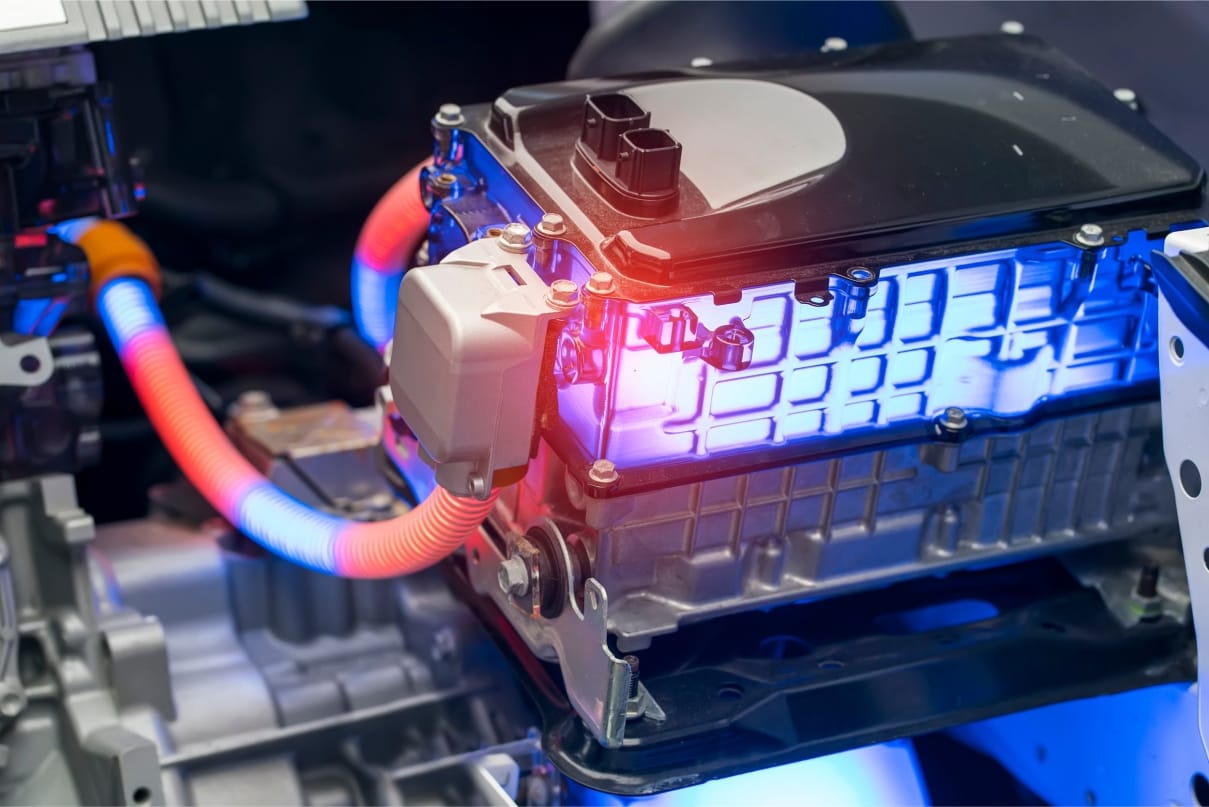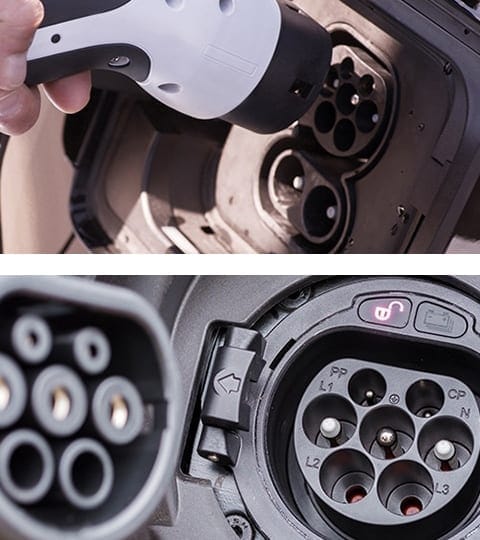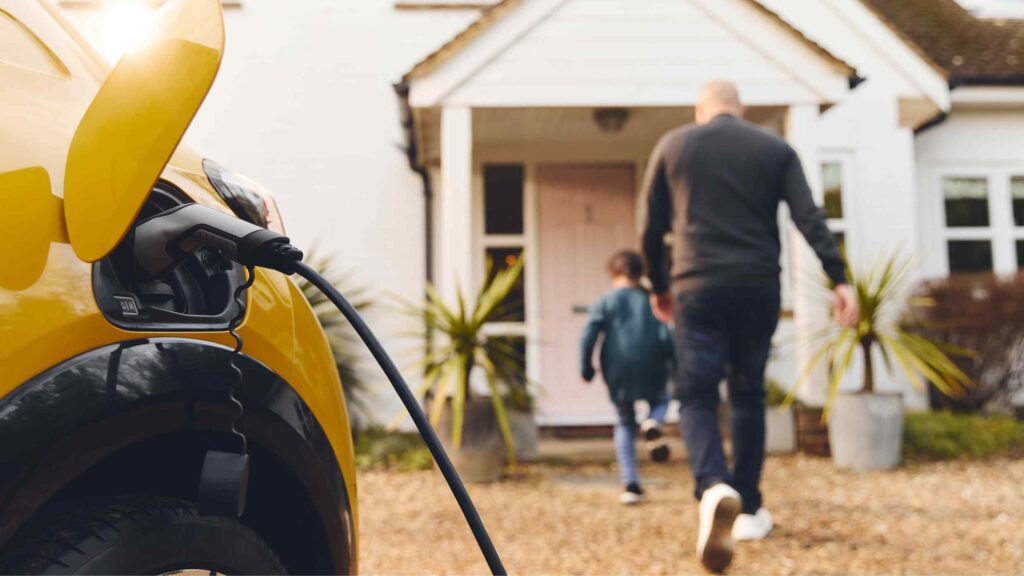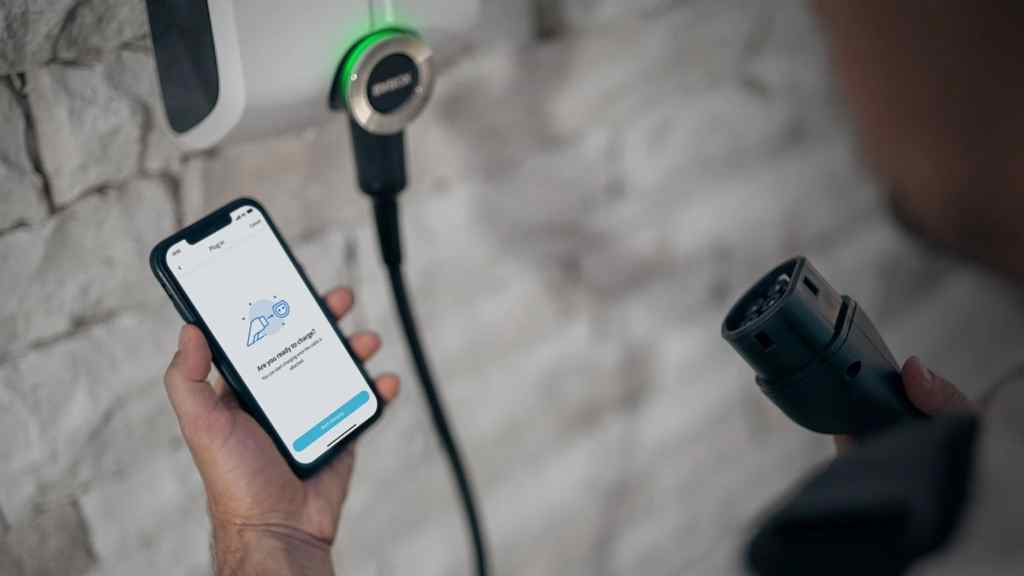How you drive your EV is the most important factor in range maximization and hopefully this article will help you get the most from your EV when you need it to have the longest range possible.

How you care for your EV’s battery makes a big difference to its battery health as our years of battery testing is increasingly showing.
Especially with more cars capable of ultra-fast rapid charging and more EVs being owned by people without off-street parking and unable to charge at home, it is becoming even more important to understand how to best maintain your EV’s battery to preserve range and the value of your car.
Maintaining your electric vehicle (EV) battery health is key to maximizing its lifespan and performance. Here are the best practices for charging your EV to preserve battery health:

🔋 1. Avoid Frequent 100% Charges
⚡ 2. Use Level 2 Charging Most of the Time
🌡️ 3. Charge in Moderate Temperatures
⌛ 4. Don’t Leave Battery at Very High or Very Low States


🔁 5. Enable Battery Management Features
Use these features to automate and optimize charging behaviour.
⚙️ 6. Keep Software Updated
✅ Summary: Quick Dos & Don’ts
| Do | Don’t |
| Keep SoC between 20–80% | Regularly charge to 100% |
| Use Level 2 charging | Rely on fast charging daily |
| Charge in moderate temps | Charge in extreme heat/cold |
| Use battery protection tools | Let EV sit at full or empty |
Many of the cars we test have very little degradation, even at high mileages, so if cared for your EV and it’s battery will last for a very long time, and well beyond the life of the car.